How are analytical scale and preparative scale HPLC different?
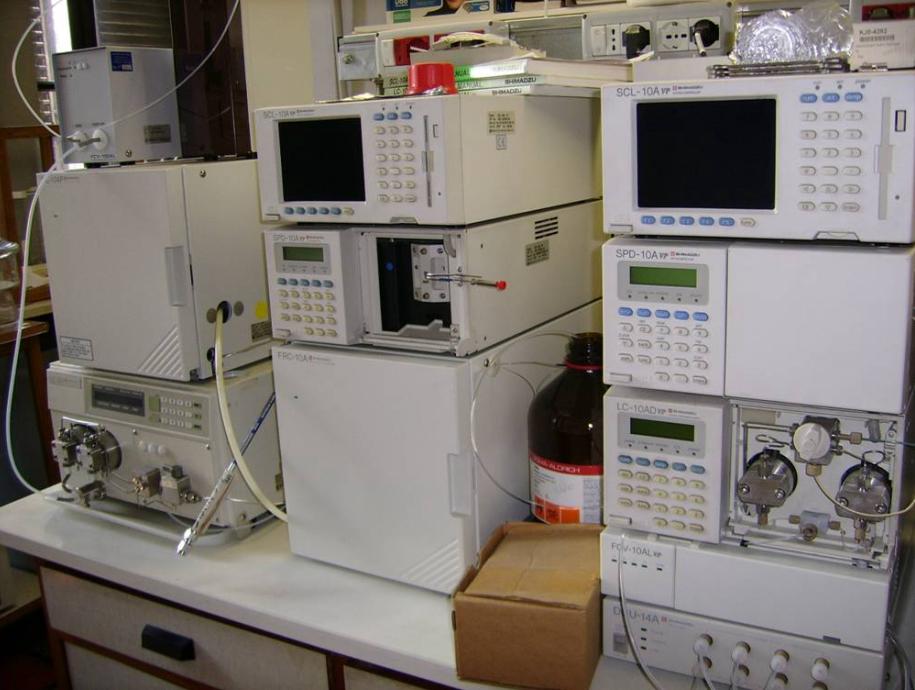
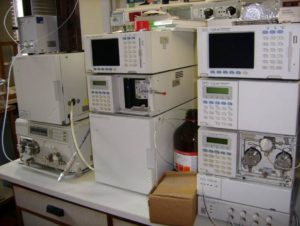
HPLC is a versatile analysis tool that affords separation and quantification of large range of chemical compounds. It finds unlimited applications in basic research, pharmaceuticals, foods, polymers and other similar applications. The availability of numerous columns, stationary phases, mobile phases and detectors makes HPLC a high utility facility in modern laboratories.
Analytical scale HPLC is the building block on which the edifice of other HPLC techniques such as ion exchange chromatography, gel chromatography and preparative chromatography stand. Developments in these related branches would not have been possible without preliminary studies carried out on analytical HPLC. The objective of the present article is to offer clarity on how analytical HPLC is different from preparative HPLC.
The first and foremost thing to keep in mind is that the basic principles are common to all the mentioned HPLC techniques, e.g., sample introduction, separation of sample components in the column and finally detection using a range of detection techniques. To develop a suitable separation using preparative separation you have to first carry out preliminary studies using analytical HPLC and suitably upgrade to preparative scale. The basic difference between the two techniques is the scale of operation which will be highlighted along with other differences below:
Clarity on the Objective of Analysis
Before you proceed with the analysis you should have a clear understanding of objective of analysis. Do you wish to have information regarding nature of components of sample followed by their quantitative estimation or you wish to separate components of interest followed by their collection in desired quantities for future reference and use. In the first case should you have to use analytical scale separation whereas in the latter you have to resort to collection of the separated components.
Scale of Operation
In analytical scale separations the quantity of samples injected is small, usually in micro liter levels whereas in preparative scale separations injection volumes are large so as to yield pure compounds in milligrams to gram levels. The column eluent instead of being led to a waste container is led into separate containers in a fraction collector after passing through a non-destructive detector. Automated switching valve in the system permits automatic collection of fractions in different receptacles depending on the peak response of the detector. Multiple injections can be made to purify and collect larger quantities.
Column Dimensions
Preparative HPLC columns are large in comparison to analytical columns. The analytical scale columns have diameter of 4.6mm whereas preparative column id’s are generally in the range of 50 – 200 mm.
Analytical columns are packed with stationary phase particle sizes ranging between 3-5μm in comparison to preparative scale columns which are packed with larger particles above 10μm size. Such particle sizes permit higher flow rates in columns. The longer length and wider column diameters offer lower back pressures.
Injection Mode
Analytical level separations generally involve large number of samples along with small sample injection volumes so an autosampler is the preferred mode of injection. Conversely, in the preparative scale separations the number of samples is small or there could be even a single sample y but injection volumes are larger so large volume injection loops are used.
Choice of Detectors
Due to the analysis requirements only non-destructive detectors such as UV, fluorescence, or refractive index detectors are commonly used for preparative scale applications. However, due to large sample volumes the detectors have larger volume flow- cells in comparison to analytical scale separations.
To summarize some of the operational parameters are mentioned in the table below :
| Parameter | Analytical HPLC | Preparative HPLC |
| Column dimensions | L=100-250mm ,id= 4.6mm | L=150cm or more, Id=50-200mm |
| Particle size | 3-5μm | 20μm-50μm |
| Flow rates | 0.1-10 ml/min | 10-200ml/min |

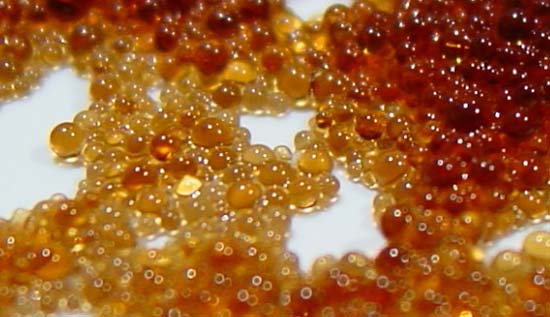
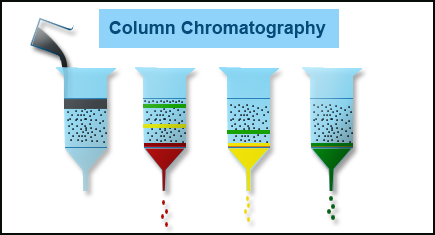
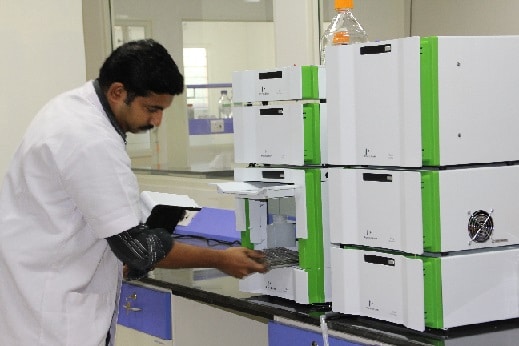

we need to equip a lab for researching natural chemicals with the modern equipments that meybe to help for us analytical, extract and pure separation of pharmatical components. Who can help for us what anything that we have to equip for star work? Very thanks
A very good more information in hplc
Thanku for this information..it is helpful for me